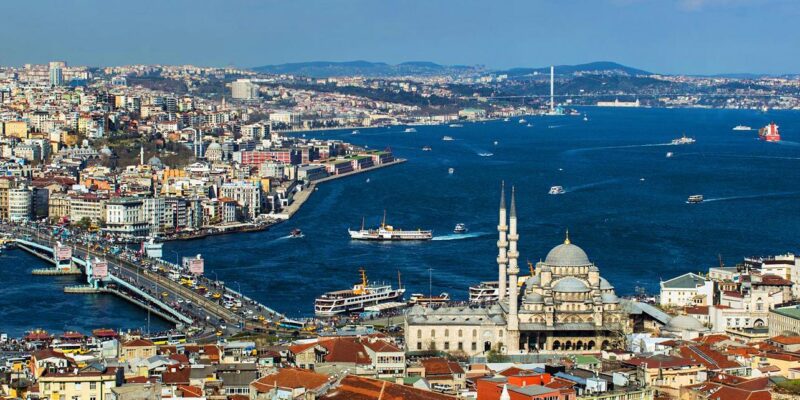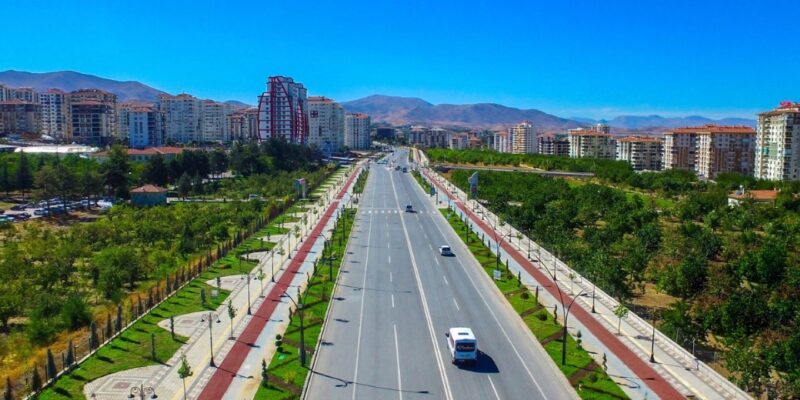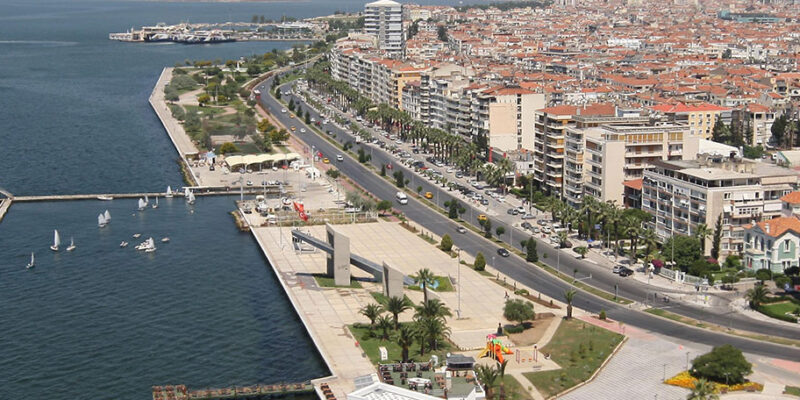After the greenhouse gas inventory was prepared for 2010 in Istanbul, the greenhouse gas inventory for 2015 was completed with the support of Istanbul Metropolitan Municipality Environmental Protection Directorate Istanbul Environmental Management Industry and Trade Joint Stock Company (ISTAC).
The total carbon footprint of Istanbul for 2015, calculated according to the GPC 2014 BASIC approach, was calculated as 47,340,725 tCO2 equivalent. In this context, the greenhouse gas inventory of 2015 has been a guiding source of information for the preparation of an effective “Istanbul Climate Change Action Plan” with the results obtained. It can be said that this report, which is prepared according to the latest versions of the relevant methods and guidelines (GPC 2014 Basic), together with the previous report for 2010, is a second step towards establishing a solid foundation for increasing the quality and completeness of future studies.
Other projects we have realized with IBB:






